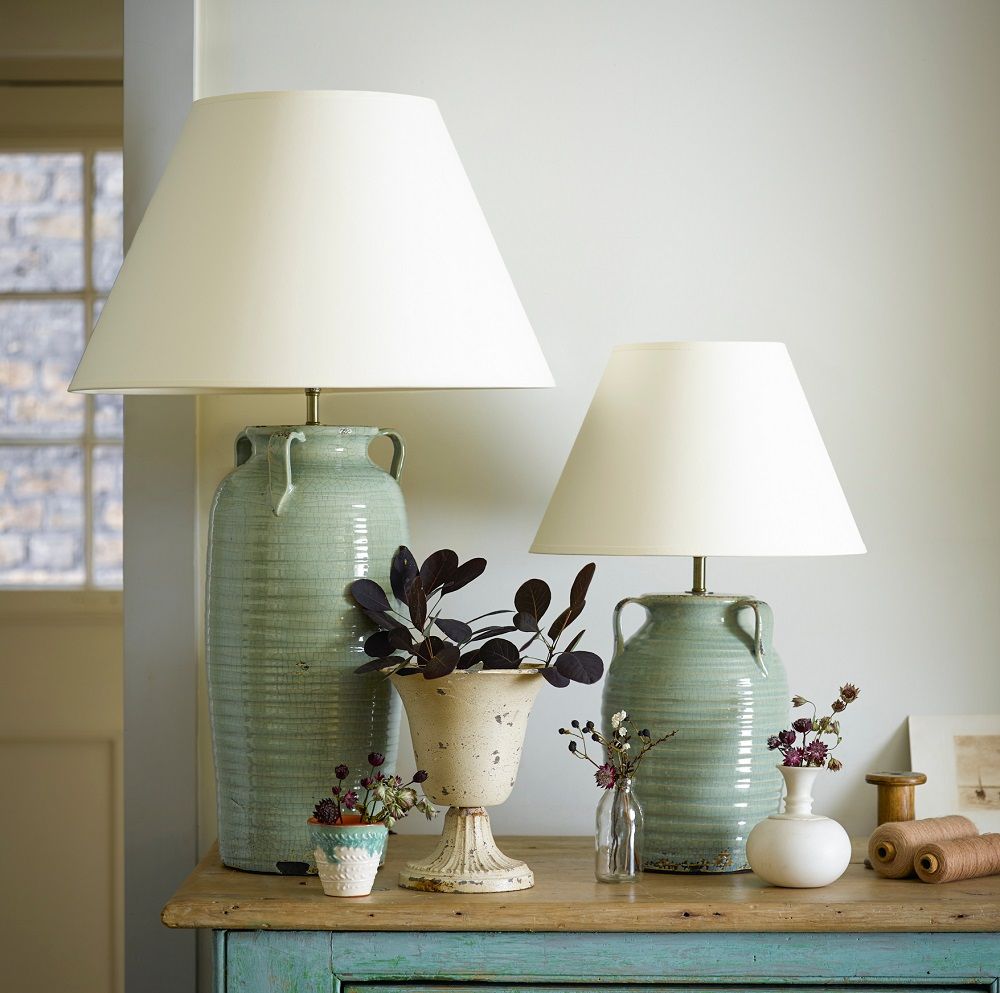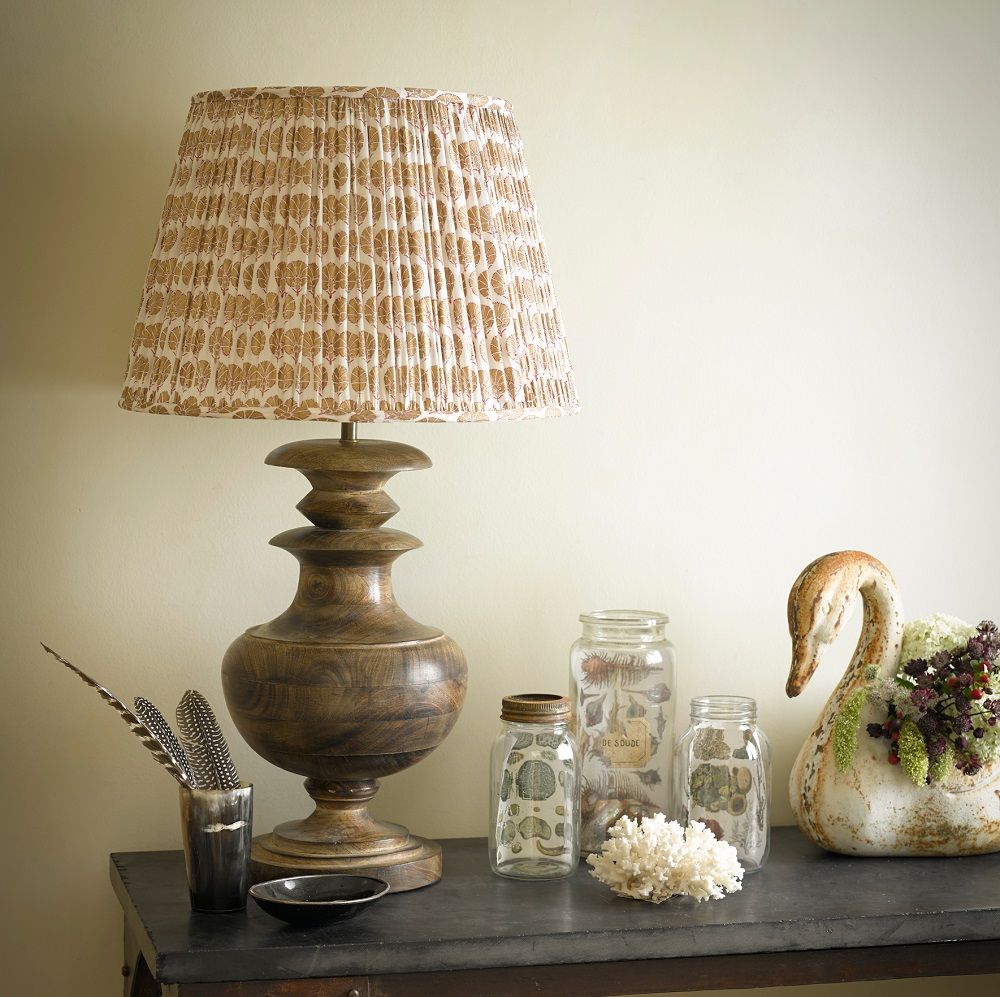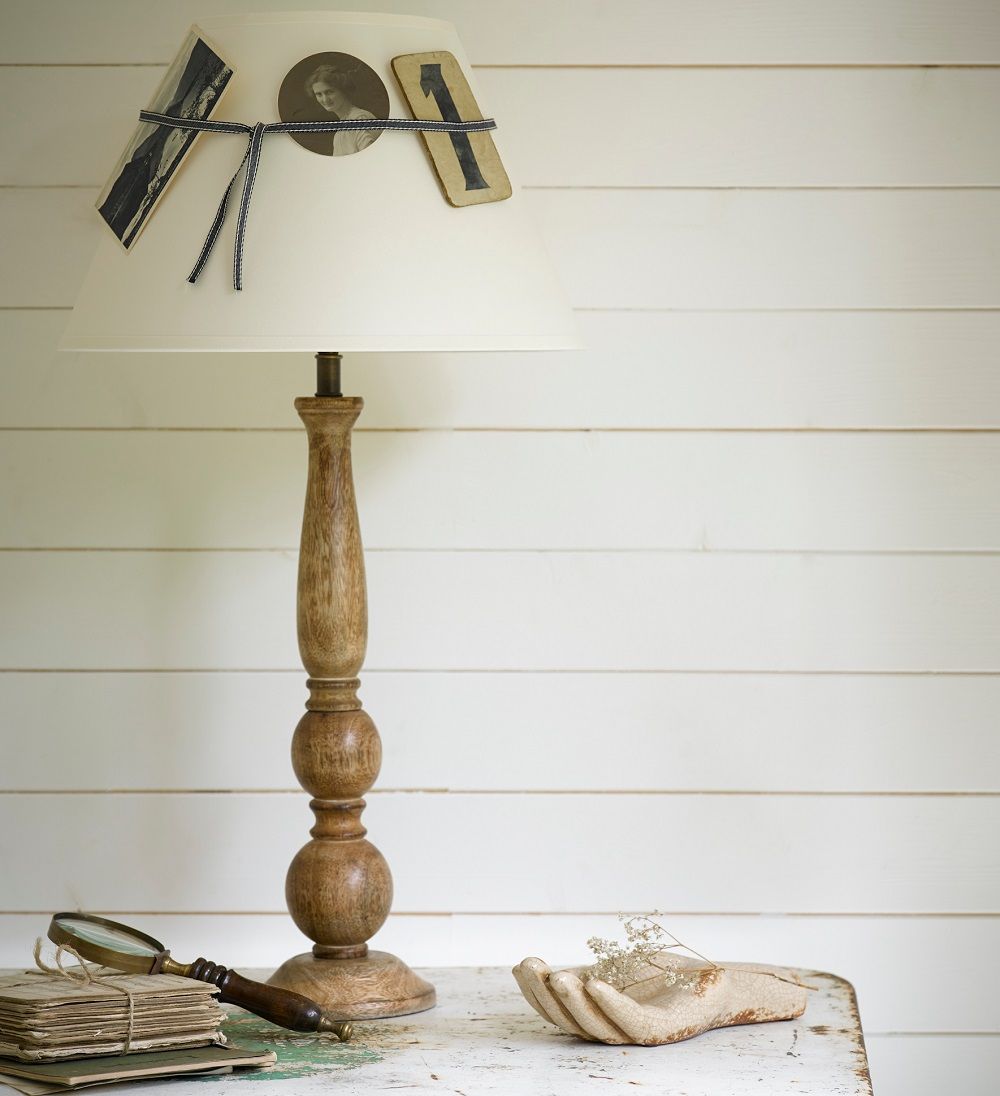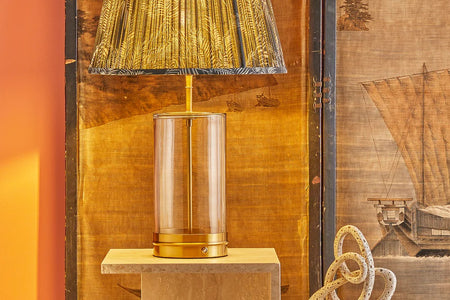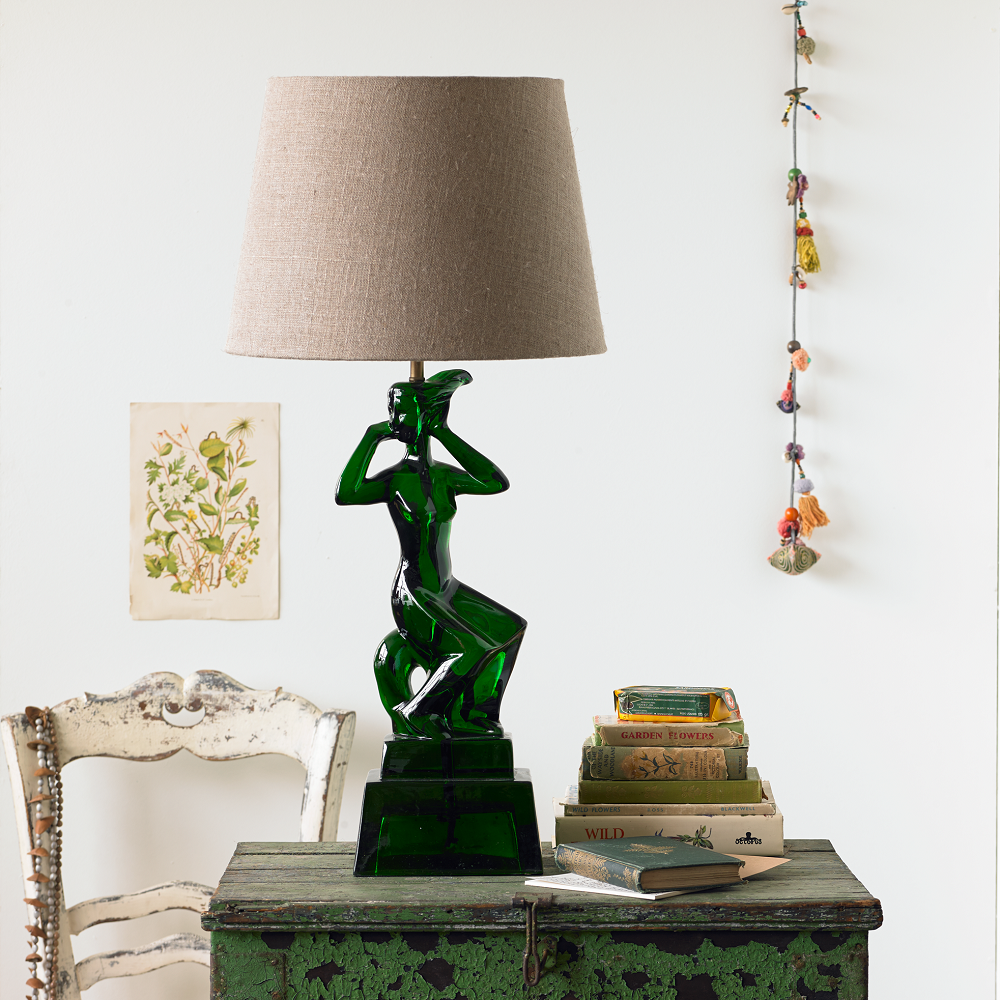
So you have a beautiful room – but does it glow? Table lamps are the interior designer’s secret weapon – not only can they be lovely ornaments in themselves, but with a bit of thought you can use their light to give a room atmosphere and really bring it to life.
This article is Pooky’s buyer’s guide to choosing the designer table lamp that best suits your home. We’ve suggested four key areas to think about, and we’ve even managed to make them all start with the same letter. So here are the four P’s of buying a designer a table lamp... (by the way, click on the images to shop the products!)
1) Purpose – what are you actually using your table lamp for?
There are four kinds of lighting – ambient (the general light in a room), task (light for a specific job, such as reading), accent (a lamp used to highlight a particular feature) and decorative (lamps that are there purely to look good in themselves). Table lamps can be used for any or all of these types of light, and along with floor lamps and overhead pendant lights they are crucial tools for the interior designer when layering light (see our complete guide to layering light in the home here). On a practical note, you may well want to use your table lamp for reading (task lighting). In which case, when positioning the lamp you should make sure the bottom of the shade is at eye level. And if you’re using your table lamp as a bedside lamp, then it should generally be positioned around 40-45cm (16 -18 inches) above the top of your mattress.
But of course almost any lamp can be used purely for simple task lighting. A designer lamp, on the other hand, can do the practical stuff but at the same time contribute to the decorative beauty of your room, and show off your individual style.
2) Proportion – choose the right size table lamp
Proportion is always the watchword when designing a room. A table lamp needs to be in proportion to two things: the room, and the table you’re putting it on. Warning: the mistakes that will look most weirdly disproportionate are (a) have a huge lamp in a small room, and (b) placing a teeny weeny lamp on a very big table. The other proportion to consider is between the lamp shade and the lamp base. This is of course a matter of using your eye, and there are so many interesting and lovely shades out there that there are always exceptions… but as a general rule of thumb the height of the shade should be about 50-75% the height of the base, and have a diameter roughly equal to two-thirds of the height of the base up to the level of the bulb.
3) Personality – what is your table lamp saying about you?
Art deco or industrial? Classic or modern? Is your table lamp making a bold statement or subtly blending in with its surroundings? The sheer variety of beautifully-made designer options available now means that you can choose a designer table lamp that matches your personality, and the personality of your room. You can choose a table lamp that complements the style and period of the rest of your décor, or go for something really striking and bold, like one of these eye-catching statement lamps.
4) Pairing – can matching lamps transform your room?
One last tip: why have just one beautiful table lamp when you can have two? Paired table lamps not only give you more flexibility when layering light, they can give a space a really pleasing symmetry and balance. That could be on a shelf area as alternative book ends, or at either end of a long dining table. In a hallway, a pair of table lamps on a bureau or side table can give you the general ambient lighting you need, while also helping to make a really impressive entrance to your home.
So there you have it – everything you need to think about before buying a designer table lamp. At Pooky, of course, lamps are very much our thing. We have them in all shapes, sizes and materials, from resin to brass to marble.







